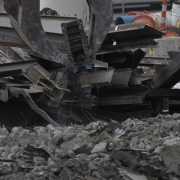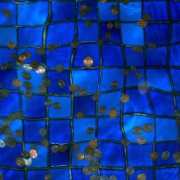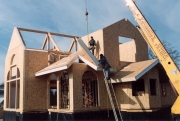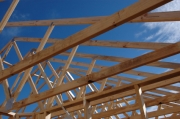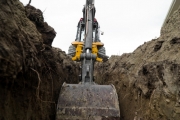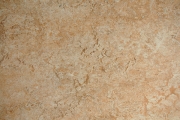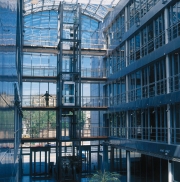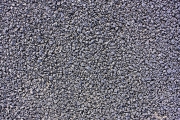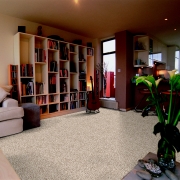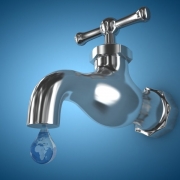Demolition Best Practices
Demolition projects can range from small, simple jobs to complicated undertakings that require sophisticated and detailed planning. Site conditions can vary significantly, and there is always a degree of imprecision to the wrecking of the building itself. For typical building demolition and site improvements the most common procedure is to use heavy mechanical equipment such as wrecking balls, excavation hoes, grapples, pulverizers, crushers, and hydraulic breakers and shears. Several factors need to be considered prior to and during demolition, including the scheduling of demolition activities, protecting the site (especially important with occupied structures), and dealing with hazardous materials.
